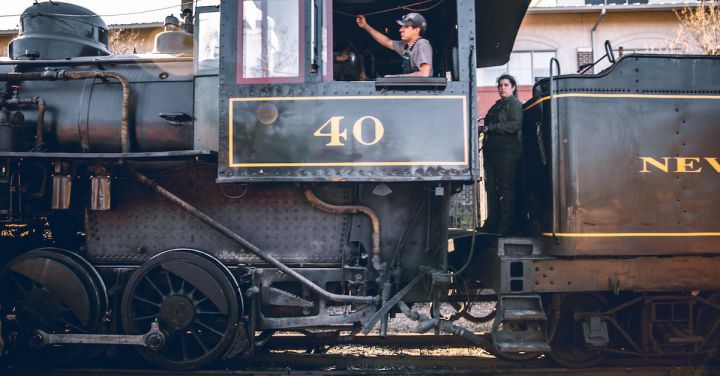In an era dominated by advanced technology and digital innovation, it is easy to overlook the enduring brilliance of steam engines. These marvels of engineering have stood the test of time, defying obsolescence and remaining relevant to this day. Their resilience can be attributed to a combination of factors that have allowed them to adapt, evolve, and continue to serve a variety of purposes.
One of the key reasons for the longevity of steam engines is their simplicity. Unlike modern machines that rely on complex electronic systems, steam engines operate on basic principles of heat and pressure. This simplicity not only makes them more reliable but also easier to maintain and repair. In an age where the constant need for upgrades and software updates can render modern machinery obsolete within a few years, the straightforward nature of steam engines ensures their continued relevance.
Another factor contributing to the resilience of steam engines is their versatility. Originally developed for powering trains, these engines have found applications in various industries, including agriculture, manufacturing, and power generation. Their ability to generate a substantial amount of power makes them ideal for heavy-duty tasks that require a consistent and reliable source of energy. Even in the face of newer and more efficient alternatives, steam engines have remained competitive due to their adaptability and ability to meet the diverse needs of different sectors.
Furthermore, the durability of steam engines has played a significant role in their survival. Built to withstand extreme conditions and heavy usage, these machines were designed with longevity in mind. The use of robust materials such as iron and steel ensures their structural integrity, enabling them to withstand the test of time. With proper maintenance and occasional refurbishment, steam engines can continue to function for decades, if not centuries. This durability has contributed to their continued use in heritage railways, where steam locomotives are preserved and cherished as a testament to a bygone era.
While steam engines may seem antiquated compared to their modern counterparts, they possess a unique charm and beauty that continues to captivate enthusiasts. The hissing sound of steam, the rhythmic chugging of pistons, and the sight of billowing smoke evoke a sense of nostalgia and romance that cannot be replicated by modern technology. This aesthetic appeal has led to the preservation and restoration of steam-powered machines, ensuring that future generations can appreciate their historical significance and the craftsmanship of a bygone era.
In conclusion, the resilience of steam engines can be attributed to their simplicity, versatility, durability, and aesthetic appeal. These timeless machines have managed to adapt and evolve to meet the changing demands of various industries, defying obsolescence and remaining relevant in a world dominated by advanced technology. As we continue to progress towards an increasingly digital future, it is important to appreciate the enduring brilliance of steam engines and the role they have played in shaping our history and technological development.
